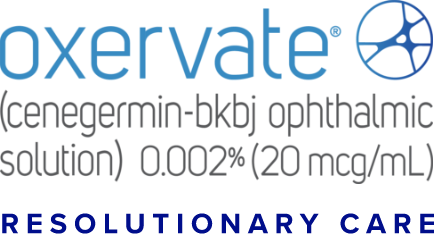Dompé CONNECT to Care
Access support and more through a single point of contact
Providing practices and patients with assistance every step of the way
Program enrollment
Benefits verification
Prior authorizations
Patient financial assistance
Delivery coordination
& confirmation
General questions
Since approval in 2018, more than 2000 total ophthalmologists and optometrists have prescribed OXERVATE®1
Patient Enrollment
How to enroll a patient
Submit a Patient Enrollment Form
A completed enrollment form serves as the OXERVATE® prescription and enrolls the patient into Dompé CONNECT to Care.
Fax completed enrollment form
on the patient’s behalf.
Use the iAssist digital portal
to complete enrollment.
Remember: Patient Authorization section of enrollment form must be completed.
Questions? Contact Dompé CONNECT to Care




